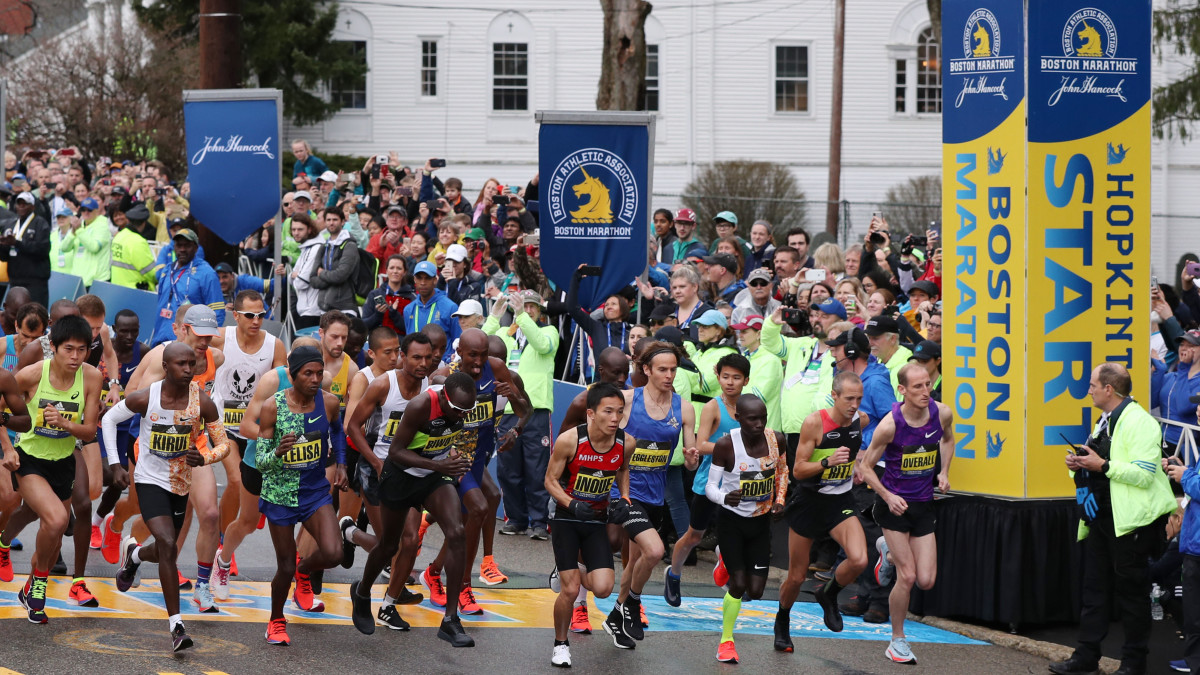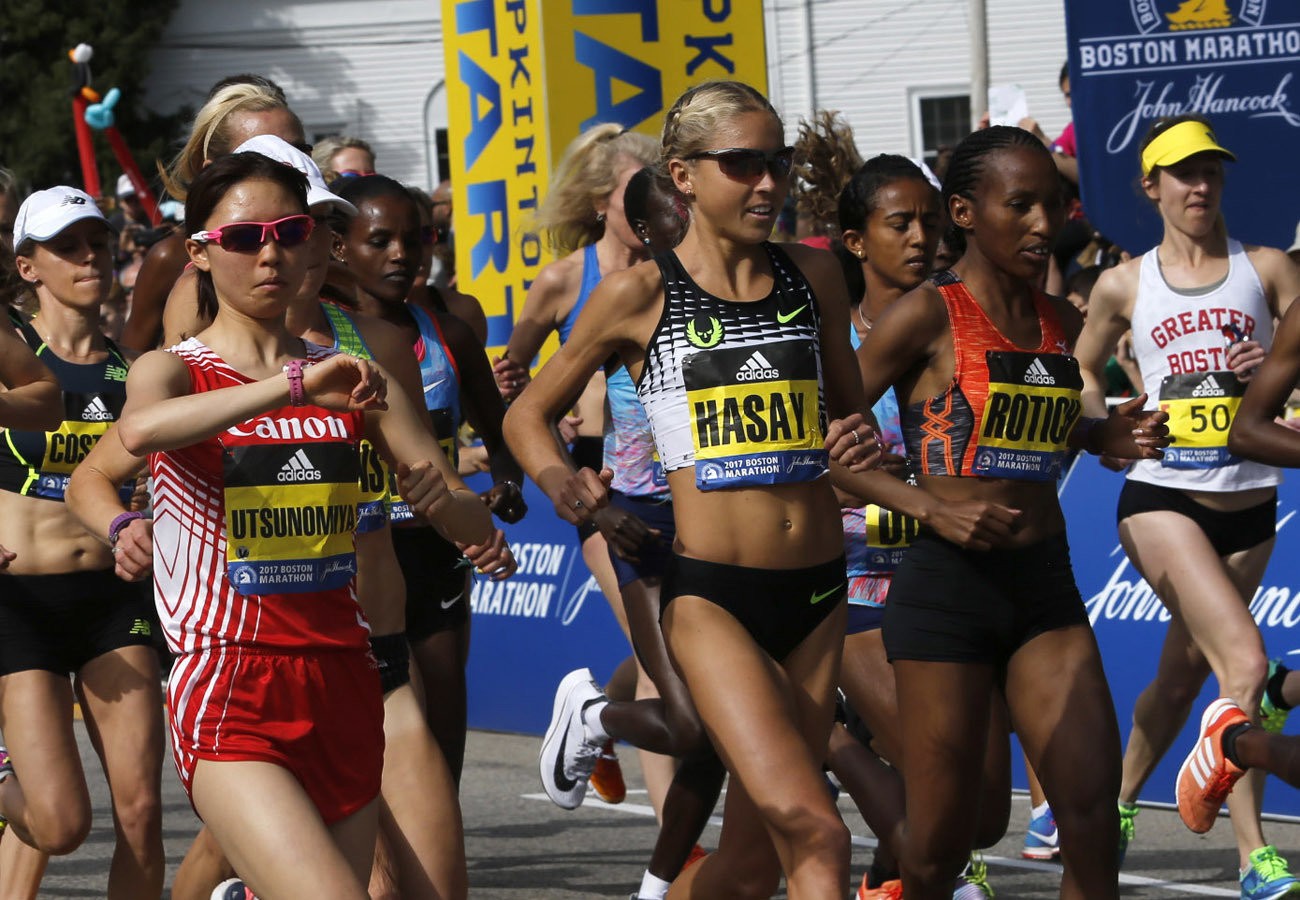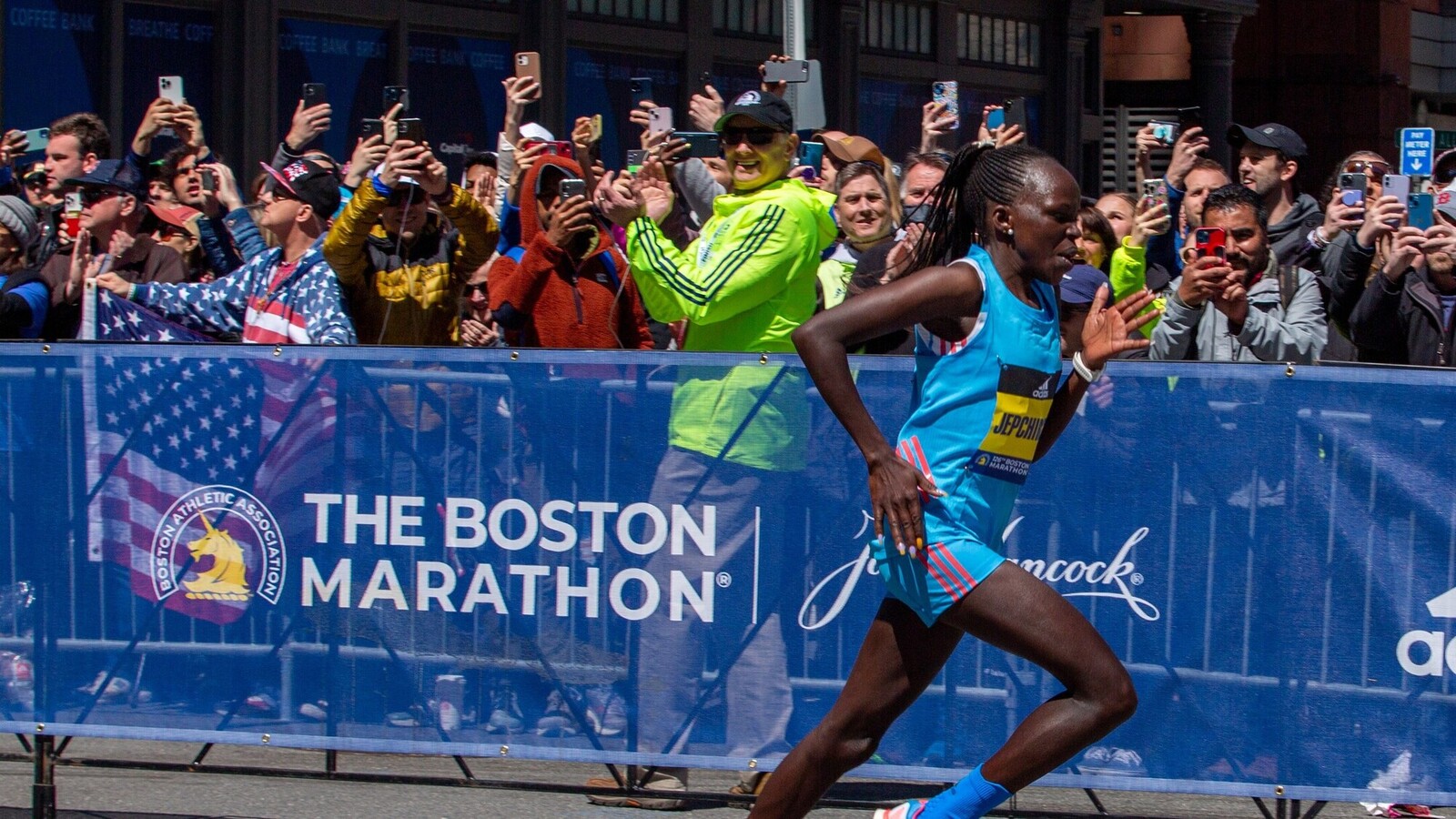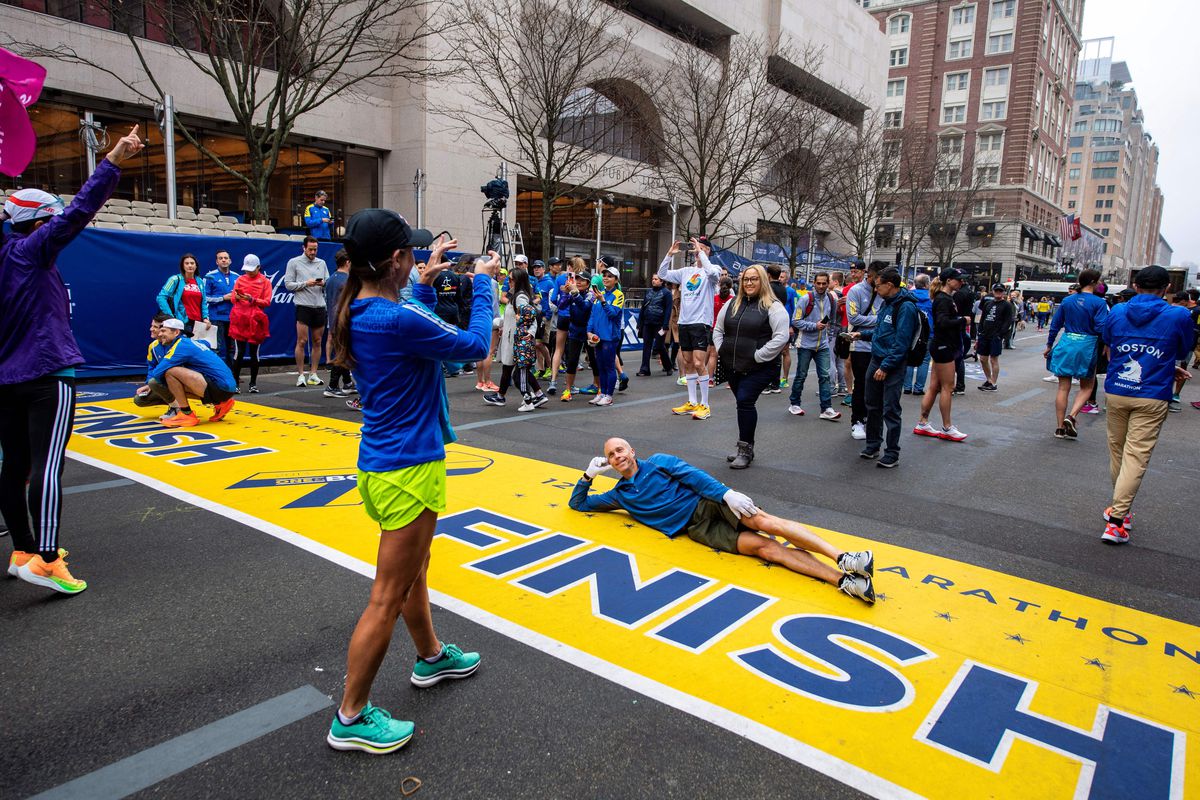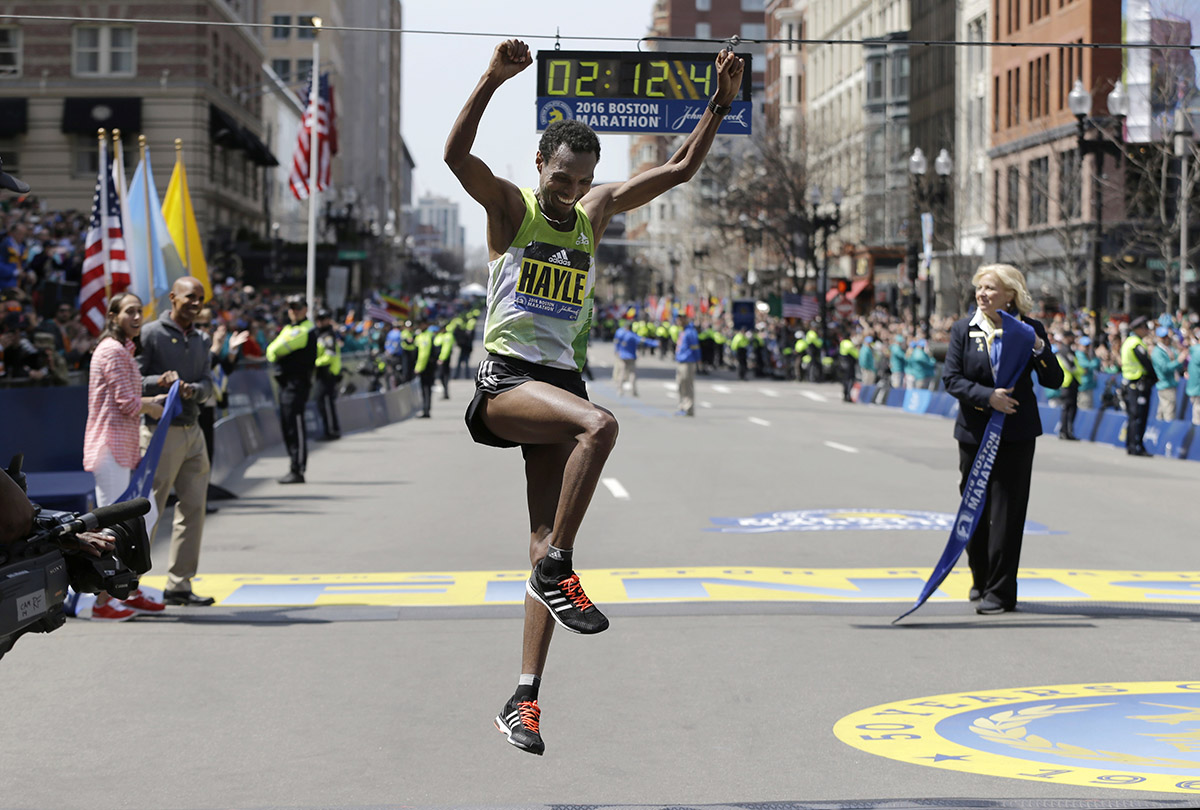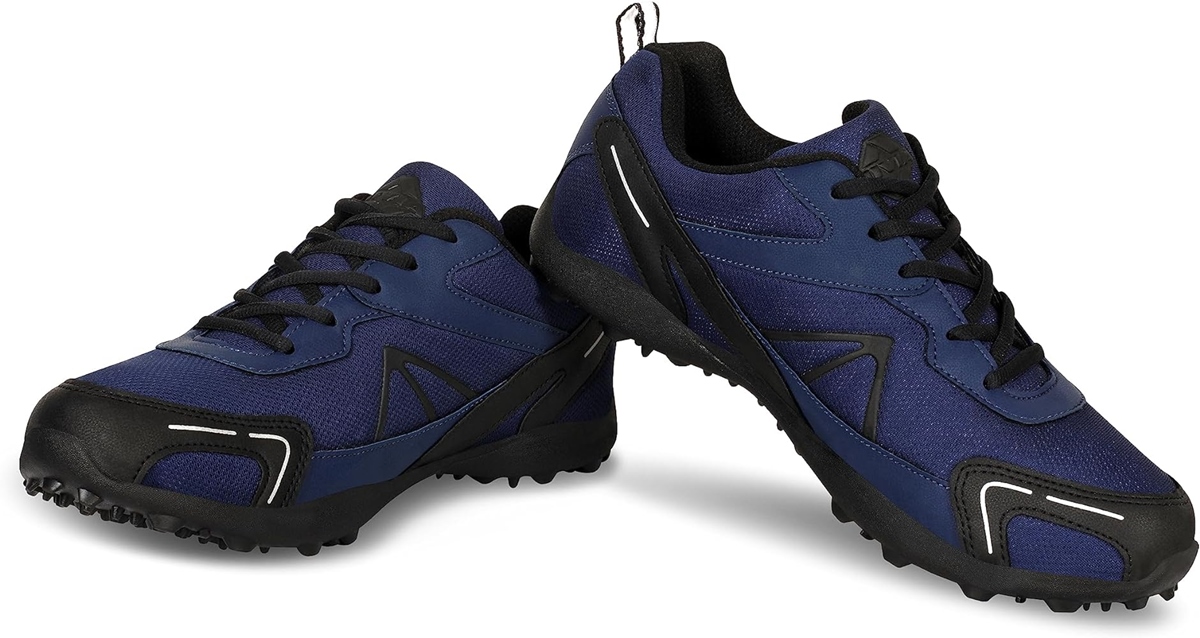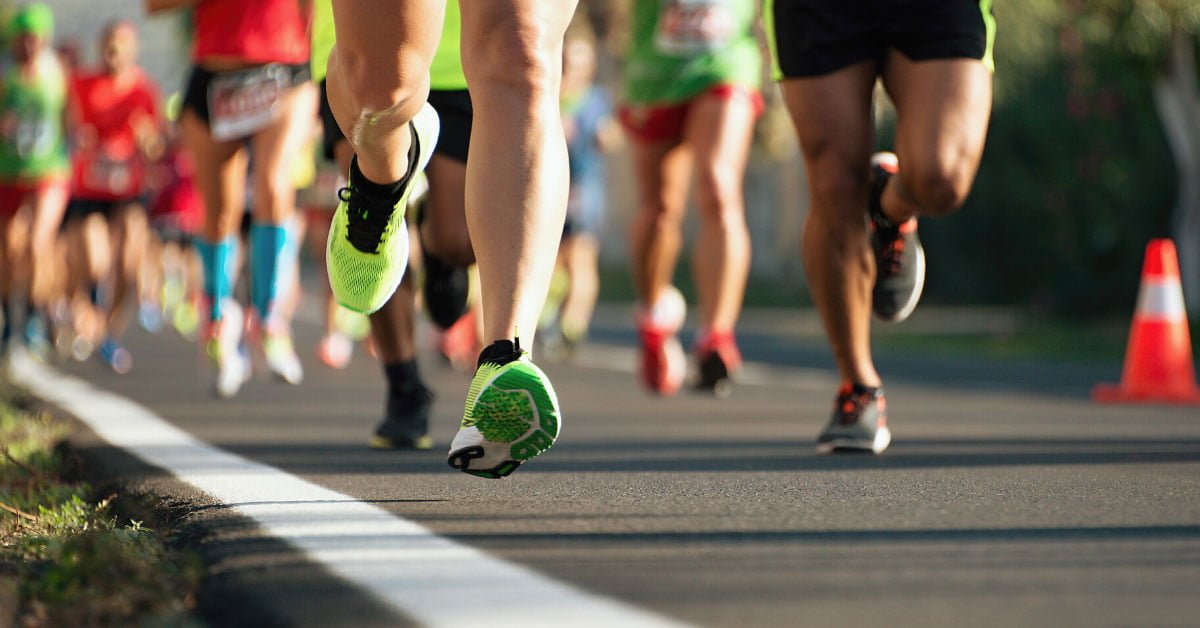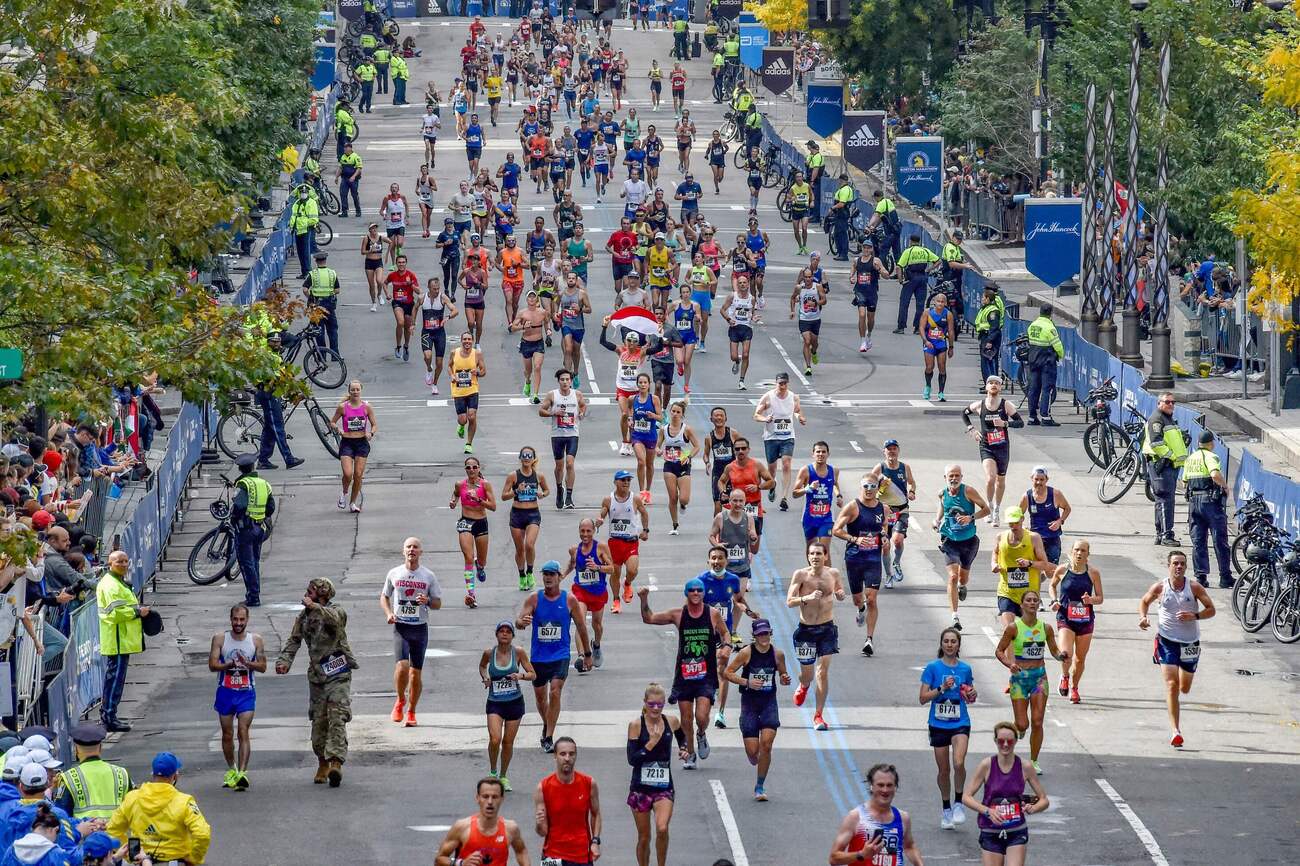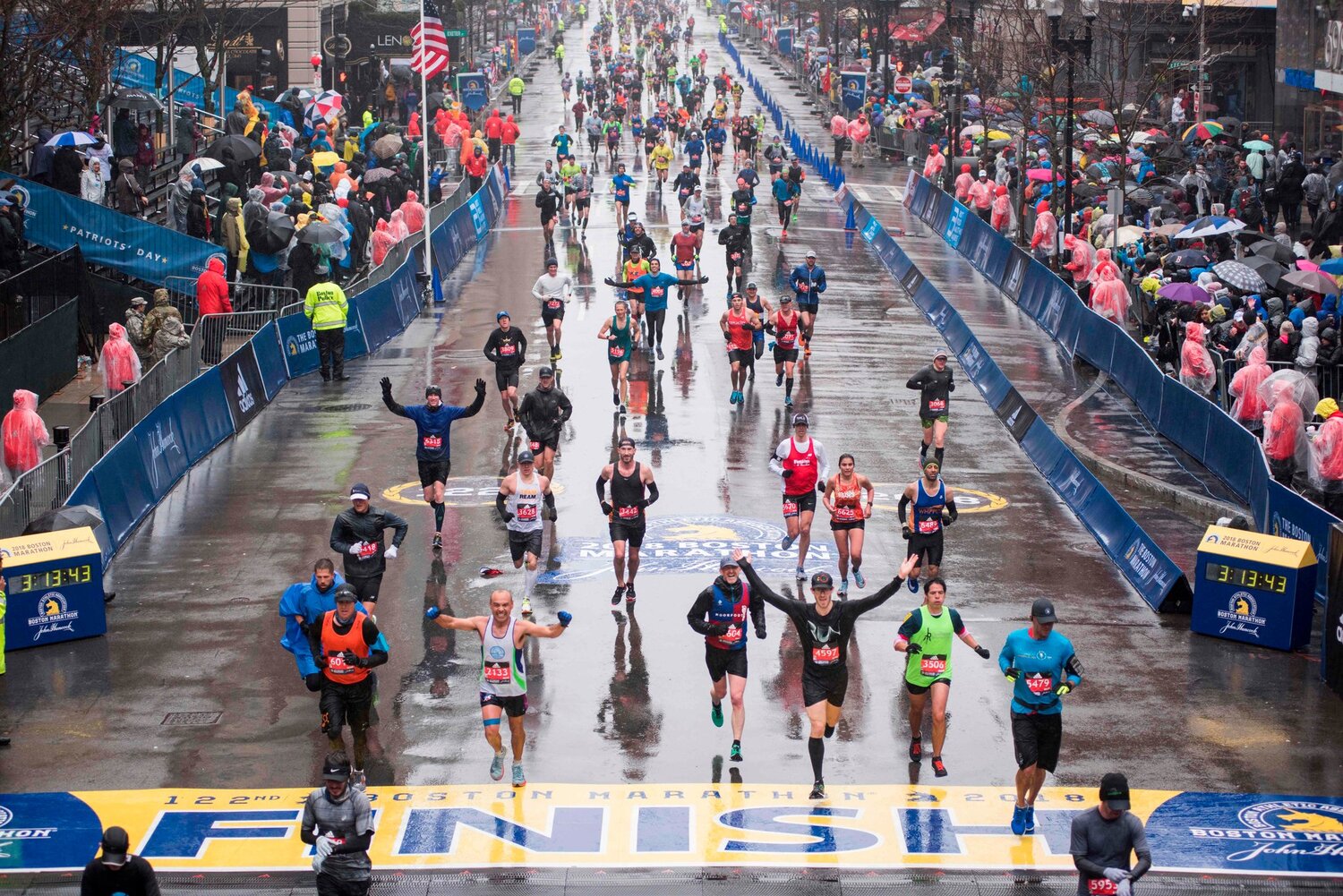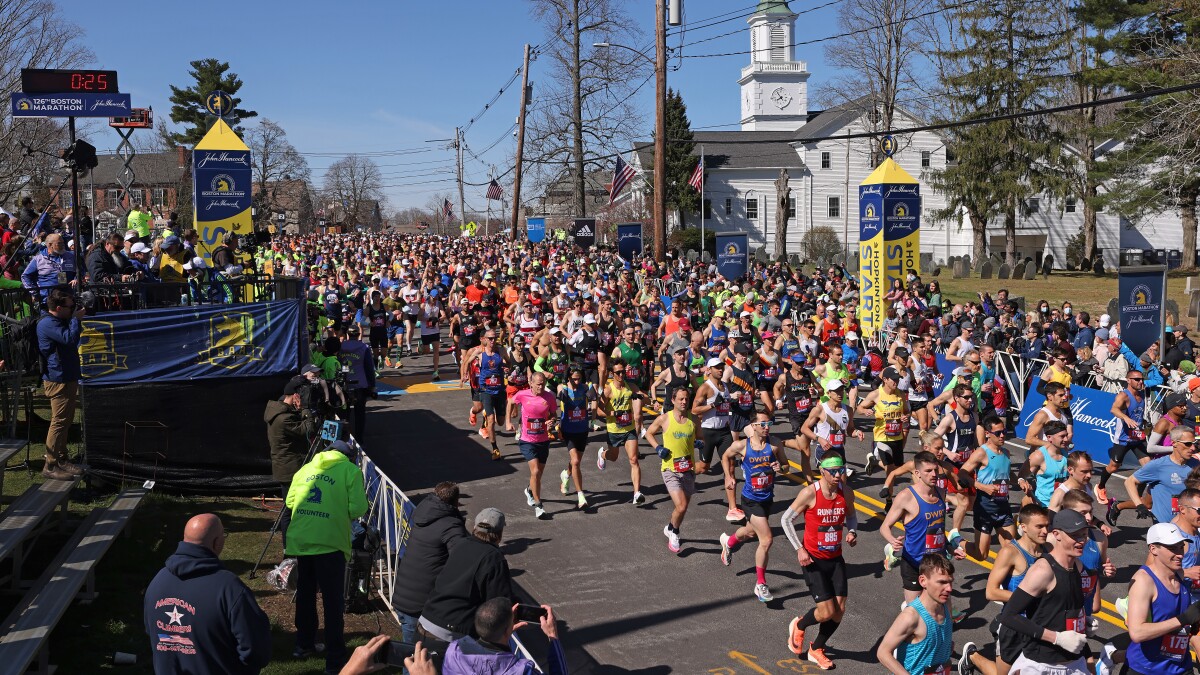Home>Misc>Featured>What Is A Good Time For The Boston Marathon
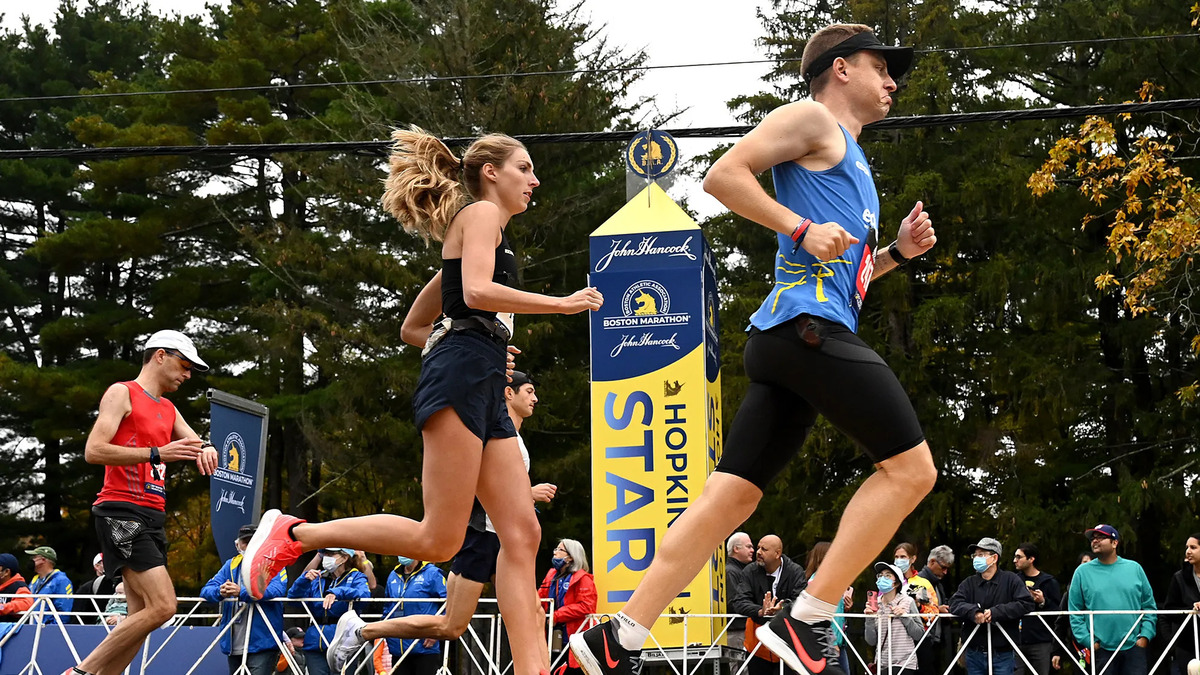

Featured
What Is A Good Time For The Boston Marathon
Modified: January 2, 2024
Discover the perfect time to run the Boston Marathon with our featured guide. Plan your race experience and achieve your best performance.
Introduction
Participating in the Boston Marathon is a dream come true for many runners. As one of the oldest and most prestigious marathons in the world, it attracts thousands of participants from all over the globe. Whether you are a seasoned marathoner or a first-time participant, one question that may be on your mind is, “What is a good time for the Boston Marathon?”
The Boston Marathon is known for its challenging course, with its hilly terrain and unpredictable weather conditions. That being said, determining what constitutes a good time can vary based on individual goals and abilities.
For elite runners aiming to compete for a top position, a good time would be significantly faster than the average finishing times. These runners often train rigorously and have the ability to maintain a consistent and fast pace throughout the entire course.
On the other hand, for recreational runners or first-time marathon participants, a good time might simply mean crossing the finish line within a specific time goal. This can vary from person to person, as it is often influenced by factors such as previous race experiences, age, fitness level, and individual goals.
It is worth noting that the Boston Marathon has qualifying standards, which means participants must achieve a specific qualifying time in a previous marathon to be eligible to register. The qualifying times vary depending on factors such as age and gender, and they can be quite challenging to achieve. Thus, simply qualifying for the Boston Marathon can be seen as a significant accomplishment in itself.
In this article, we will explore various factors to consider when determining what constitutes a good time for the Boston Marathon. We will delve into optimal weather conditions, historical fastest times, average finishing times, qualifying standards, and strategies for achieving a good time.
So, whether you are aiming to compete at an elite level or simply want to achieve a personal milestone, read on to discover the factors that can help you determine a good time for the Boston Marathon.
Factors to Consider for the Boston Marathon Time
Several key factors play a crucial role in determining the time it takes to complete the Boston Marathon. Understanding these factors can help you set realistic goals and strive for a good time on race day. Let’s explore these factors:
- Course Difficulty: The Boston Marathon course is known for its challenging terrain, with several hills throughout the route. The famous Heartbreak Hill, located around mile 20, can test even the strongest of runners. The uphill sections require additional effort and can slow down your pace. It’s important to consider the course elevation profile and plan your pace accordingly to tackle the hills effectively.
- Weather Conditions: The weather in Boston can be unpredictable, and it can significantly impact your race performance. Hot and humid conditions can make running more challenging, while strong headwinds or heavy rains can slow down your pace. Ideally, cooler temperatures and a light tailwind can contribute to faster times. Monitoring the weather forecast leading up to race day and adjusting your pacing and hydration strategies accordingly is essential.
- Training and Fitness Level: Your training and fitness level will play a significant role in determining your Boston Marathon time. The more consistent and well-rounded your training, the better prepared you’ll be for the demands of the race. Incorporating long runs, speed work, hill workouts, and strength training into your training regimen can improve your endurance and overall running performance.
- Experience and Race Strategy: Your experience as a marathon runner, as well as your race strategy, can impact your Boston Marathon time. Seasoned marathoners who have learned to pace themselves effectively and manage their energy throughout the race tend to perform better. Having a well-thought-out race plan, including knowing when to conserve energy and when to push harder, can help you achieve your desired time.
- Personal Goals: Every runner has different goals when it comes to the Boston Marathon. Some may aim for a personal best time, while others may prioritize enjoying the experience and soaking in the atmosphere. When determining your desired time, consider your personal goals, both in terms of the specific race and your broader running journey.
By considering these factors, you can gain a better understanding of what contributes to a good time in the Boston Marathon. It’s important to remember that everyone’s definition of a good time may vary, and it’s crucial to set realistic goals based on your individual abilities and circumstances.
Optimal Weather Conditions
The weather conditions on race day can have a significant impact on your Boston Marathon time. While the weather is beyond our control, understanding the ideal conditions can help you make adjustments to your race strategy and improve your performance.
Ideal weather conditions for the Boston Marathon typically involve cooler temperatures, minimal wind, and moderate humidity. A temperature range between 45°F (7°C) and 55°F (13°C) is considered optimal for running long distances. Cooler temperatures help reduce the risk of overheating and allow for more efficient muscle function.
Wind can play a crucial role, especially in a point-to-point race like the Boston Marathon. A tailwind, where the wind blows from behind, can provide a helpful push and potentially improve your pace. However, a strong headwind can be quite challenging and slow you down significantly. It is important to monitor the wind conditions and adjust your pacing and effort accordingly.
Humidity is another factor to consider, as excessive moisture in the air can hinder the body’s ability to cool itself through sweat evaporation. Moderately humid conditions, around 50-60% relative humidity, are generally considered favorable as they allow for efficient cooling while minimizing the risk of dehydration.
While it would be ideal to have perfect weather conditions on race day, it’s important to remember that the weather can be unpredictable. Be prepared to adjust your race strategy based on the forecasted conditions. Stay hydrated, wear appropriate clothing, and consider using sunscreen to protect yourself from the sun’s rays, especially on hotter days.
It’s also worth mentioning that the Boston Marathon takes place in April, a time when the weather in Boston can be quite changeable. Keep an eye on the weather forecast leading up to race day and be prepared to adapt your strategy accordingly. Remember, even if the weather conditions are less than ideal, many runners have achieved remarkable performances in adverse weather. Stay focused, stay positive, and make the best of the conditions on the day.
In summary, while optimal weather conditions include cooler temperatures, minimal wind, and moderate humidity, it’s essential to be prepared for any type of weather on race day. Adjust your strategy, dress appropriately, and stay focused on your goal. Remember, the Boston Marathon is about more than just a specific time; it’s an incredible experience that celebrates the dedication and determination of runners from around the world.
Historical Fastest Times in the Boston Marathon
The Boston Marathon has witnessed some extraordinary performances throughout its storied history. Many elite runners have pushed the limits of human endurance to achieve remarkable times on the challenging course. Let’s take a look at some of the fastest times ever recorded in the Boston Marathon.
One of the most iconic moments in the Boston Marathon history was the 2011 race, when Geoffrey Mutai of Kenya set the men’s course record with a blistering time of 2 hours, 3 minutes, and 2 seconds. Mutai’s time was unfortunately ineligible for an official world record due to the course’s point-to-point nature and net elevation drop, but it remains an astonishing achievement nonetheless.
The women’s course record in the Boston Marathon was set by Buzunesh Deba of Ethiopia in 2014. Deba crossed the finish line in 2 hours, 19 minutes, and 59 seconds, solidifying her place in the marathon’s history. Her achievement showcases the incredible talent and determination of female runners in the prestigious event.
Other notable performances include the record-breaking marathon of Robert Kipkoech Cheruiyot of Kenya in 2010, with a time of 2 hours, 5 minutes, and 52 seconds. On the women’s side, Rita Jeptoo of Kenya achieved an impressive time of 2 hours, 18 minutes, and 57 seconds in 2014.
It is important to acknowledge that these are exceptional times achieved by professional runners at the elite level. These performances demonstrate the potential of what can be achieved on the Boston Marathon course under optimal conditions.
It’s also worth noting that the Boston Marathon has seen numerous remarkable performances by age-group runners who have achieved outstanding personal best times. These runners often defy expectations and inspire others by setting new records within their respective age categories.
While the fastest times in the Boston Marathon might seem out of reach for most recreational runners, they serve as motivation and inspiration for all participants. The incredible dedication, training, and talent displayed by these elite runners remind us of the limitless possibilities in the pursuit of our personal goals.
As you embark on your journey to run the Boston Marathon, keep in mind that your own performance will be unique to your abilities, training, and circumstances. Embrace the challenge, celebrate your achievements, and remember that every step you take on the historic course is a testament to your determination and perseverance.
Average Finishing Times in the Boston Marathon
The Boston Marathon attracts runners of all abilities, from elite athletes to first-time marathoners. Understanding the average finishing times can provide you with a gauge of where you stand among fellow participants and help you set realistic goals for the race. Let’s take a closer look at the average finishing times in the Boston Marathon.
The average finishing time for the Boston Marathon varies depending on factors such as age, gender, and experience level. According to the official Boston Athletic Association (BAA) data, the overall average finishing time in recent years has been around 3 hours and 46 minutes for men and 3 hours and 13 minutes for women.
It is important to note that these times represent the average finishing times for all participants, including elite runners, recreational runners, and age-group participants. The range of finishing times is vast, with the fastest runners crossing the finish line in under 2 hours and 10 minutes, while others may take more than 6 hours to complete the race.
The average finishing times can also vary significantly depending on age and gender. The BAA provides age-group data, which shows the average times for specific age categories. For example, in the 40-44 age group, the average time for men is around 3 hours and 24 minutes, while for women, it is around 3 hours and 39 minutes.
It’s important to approach average finishing times with an open mind and to focus on your own individual progress and goals. Factors such as training background, race experience, and personal circumstances can greatly influence your finishing time. Each runner has their own unique journey and should set their own benchmarks for success.
One of the unique aspects of the Boston Marathon is the qualifying standard requirement. To participate, runners must achieve a designated qualifying time in a previous marathon. These qualifying times vary based on age and gender and are generally more challenging than the average finishing times. Qualifying for the Boston Marathon is considered a significant accomplishment in itself and places participants among a select group of dedicated and accomplished runners.
Remember that the Boston Marathon is not just about the finishing time. The camaraderie, community support, and the overall experience of running in one of the world’s most prestigious marathons make it a truly special event. Whether you aim to achieve a personal best time or simply want to enjoy the journey, the Boston Marathon is an opportunity to challenge yourself, celebrate your accomplishments, and be a part of a rich tradition.
Qualifying Standards and Wave Start Times
The Boston Marathon has qualifying standards that participants must meet to be eligible for registration. These standards ensure that runners who enter the race have demonstrated a certain level of running ability. Understanding the qualifying standards and the corresponding wave start times can help you plan your race strategy and participation in the Boston Marathon.
The qualifying standards for the Boston Marathon vary depending on age and gender. The Boston Athletic Association (BAA) sets these standards to ensure a competitive field while accommodating as many qualified runners as possible. The qualifying times are typically more challenging than the average finishing times in most other marathons.
For example, the qualifying time for males aged 18-34 is 3 hours and 5 minutes, while for females of the same age group, it is 3 hours and 35 minutes. The qualification times gradually increase with age, allowing older runners more flexibility in achieving their qualifying standards.
It’s important to note that meeting the qualifying standard does not guarantee entry into the Boston Marathon. Due to high demand and limited spots available, the acceptance of runners is based on a “rolling admission” process. Runners with the fastest qualifying times in their age and gender categories are given priority during registration.
The Boston Marathon utilizes a wave start system to manage the large number of participants and ensure a smooth race experience. Participants are assigned to specific waves and starting times based on their qualifying times. The fastest runners are placed in the first wave, followed by subsequent waves. The wave start allows for better spacing on the course and minimizes congestion at the start.
Each wave has designated starting times, with a few minutes between each wave. Wave placement is directly linked to a participant’s qualifying time and the overall number of participants in each wave. It’s important to confirm your wave and start time well in advance to make appropriate travel and logistical arrangements.
Being assigned to a specific wave shouldn’t be seen as a limitation but rather an opportunity to compete with runners of similar abilities. It allows you to pace yourself more effectively and provides a chance to challenge yourself within your wave.
If you’re aiming for a specific time goal, it’s essential to start conservatively and gradually increase your pace. Starting too fast can lead to burnout or difficulties later in the race, especially considering the challenging course of the Boston Marathon.
Understanding the qualifying standards and wave start times is crucial for preparing and planning your race strategy. It’s important to set realistic goals and train accordingly to improve your chances of meeting the standards and enjoying a successful race day experience at the Boston Marathon.
Strategies for Achieving a Good Time in the Boston Marathon
Achieving a good time in the Boston Marathon requires careful planning, training, and execution of a well-thought-out race strategy. Here are some strategies to help you maximize your performance and achieve your desired time:
- Start Slow: The Boston Marathon is notorious for its challenging course, which includes several uphill sections. It’s essential to resist the temptation to start too fast and conserve your energy for the later stages of the race. Aim for a slightly slower pace in the beginning to prevent burnout and ensure a strong finish.
- Train on Hills: Prepare yourself for the hilly terrain by incorporating hill training into your preparations. Include regular hill repeats and long runs on hilly routes to build strength and endurance. Familiarize yourself with the course elevation profile and simulate similar conditions in your training.
- Practice Negative Splits: Negative splitting, where you run the second half of the race faster than the first, can be an effective strategy for achieving a good time. By starting conservatively and gradually increasing your pace, you can maintain a strong and consistent rhythm throughout the race.
- Hydration and Fueling: Proper hydration and fueling are crucial for maintaining energy levels during the marathon. Develop a hydration and nutrition plan during training to understand what works best for you. Take advantage of the aid stations along the course and replenish fluids and electrolytes regularly.
- Stay Mentally Focused: Endurance races like the Boston Marathon require mental strength and focus. Stay positive and visualize yourself crossing the finish line with your desired time. Break the race down into smaller segments, focusing on one mile at a time, to stay motivated and maintain a steady pace.
- Use the Crowds for Support: The Boston Marathon is known for its enthusiastic crowds and incredible spectator support. Feed off their energy and use their cheers as motivation, especially during challenging sections of the course. Engage with the spectators, smile, and draw inspiration from their encouragement.
- Run Tangents: The Boston Marathon course has many turns, and running the tangents, or the shortest possible distance along the course, can save valuable seconds or minutes. Practice making efficient turns during training runs and make a conscious effort to run the tangents on race day.
- Stay Flexible and Adapt: Despite careful planning, unexpected factors can arise on race day. Be prepared to adapt your strategy if necessary. Adjust your pacing based on weather conditions, listen to your body, and make adjustments on the fly to ensure a strong and consistent performance.
Remember, achieving a good time is relative and unique to each runner. Set realistic goals based on your training, experience, and personal circumstances. Focus on your own progress and celebrate the dedication and effort you’ve put into preparing for the Boston Marathon.
Conclusion
The quest for a good time in the Boston Marathon is a common goal among participants, whether they are elite runners, recreational joggers, or first-time marathoners. Determining what constitutes a good time can vary based on individual goals, abilities, and circumstances. It’s essential to set realistic goals, considering factors such as the challenging course, weather conditions, and personal fitness level.
Factors such as the course difficulty, optimal weather conditions, historical fastest times, average finishing times, qualifying standards, and wave start times all play a role in shaping what a good time means in the Boston Marathon. Understanding the unique challenges and characteristics of the race can help you plan your training and race strategy accordingly.
While elite runners strive for record-breaking times, recreational and first-time participants can focus on personal achievements and milestones. The Boston Marathon is more than just a race, as it represents an opportunity to be part of a historic event, connect with the running community, and celebrate personal triumphs.
Whether you aim to achieve a personal best time, qualify for future Boston Marathons, or simply complete the race feeling accomplished, it’s crucial to embrace the entire journey. Appreciate the commitment and hard work you’ve put into your training, and enjoy the experience, regardless of the time on the clock.
Remember, the Boston Marathon is a testament to the human spirit, determination, and the pursuit of personal goals. It represents a celebration of athleticism, camaraderie, and the shared love of running. So, as you lace up your shoes and step onto the historic course, cherish the moments, stay focused, and run with passion as you strive for your own definition of a good time in the Boston Marathon.
